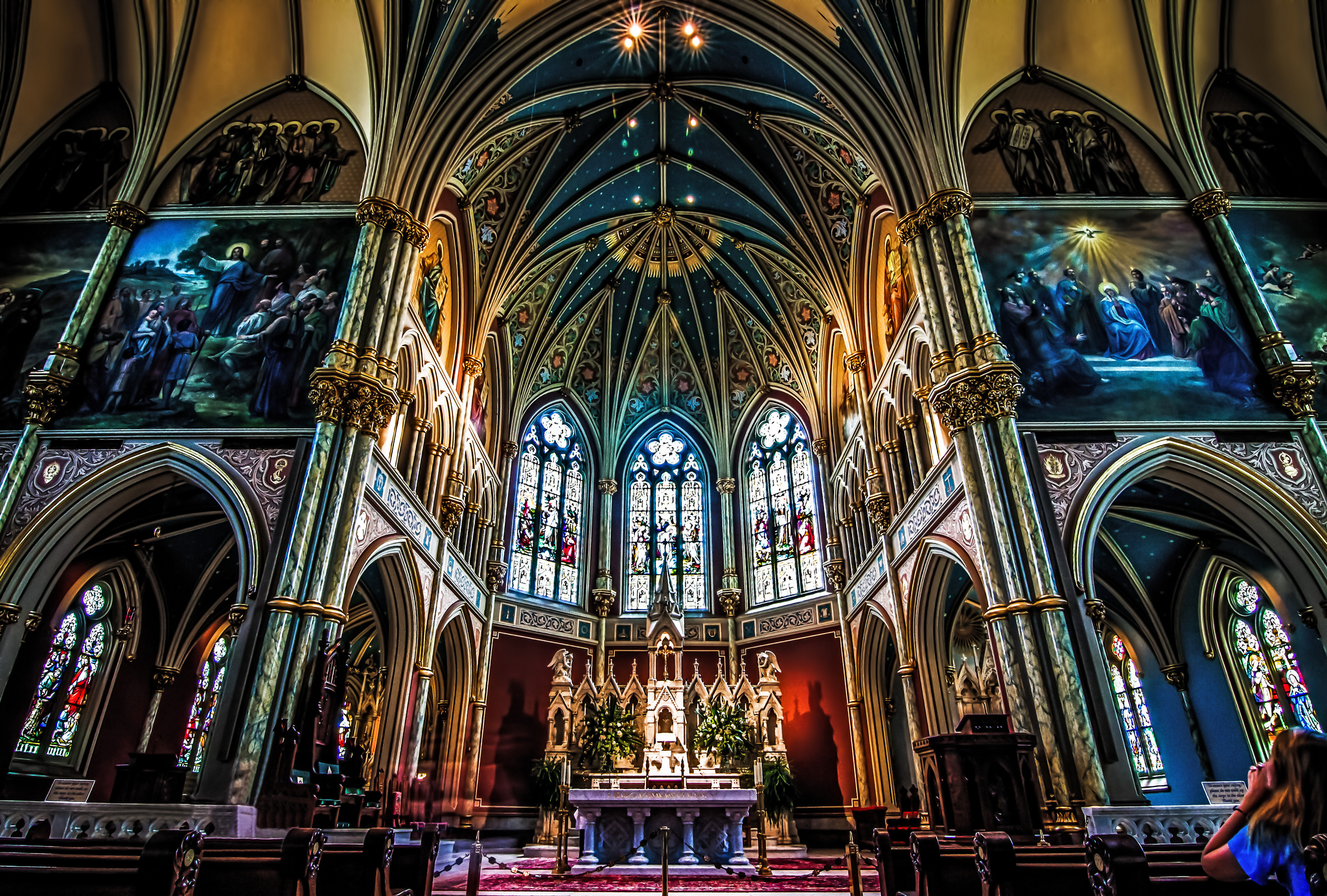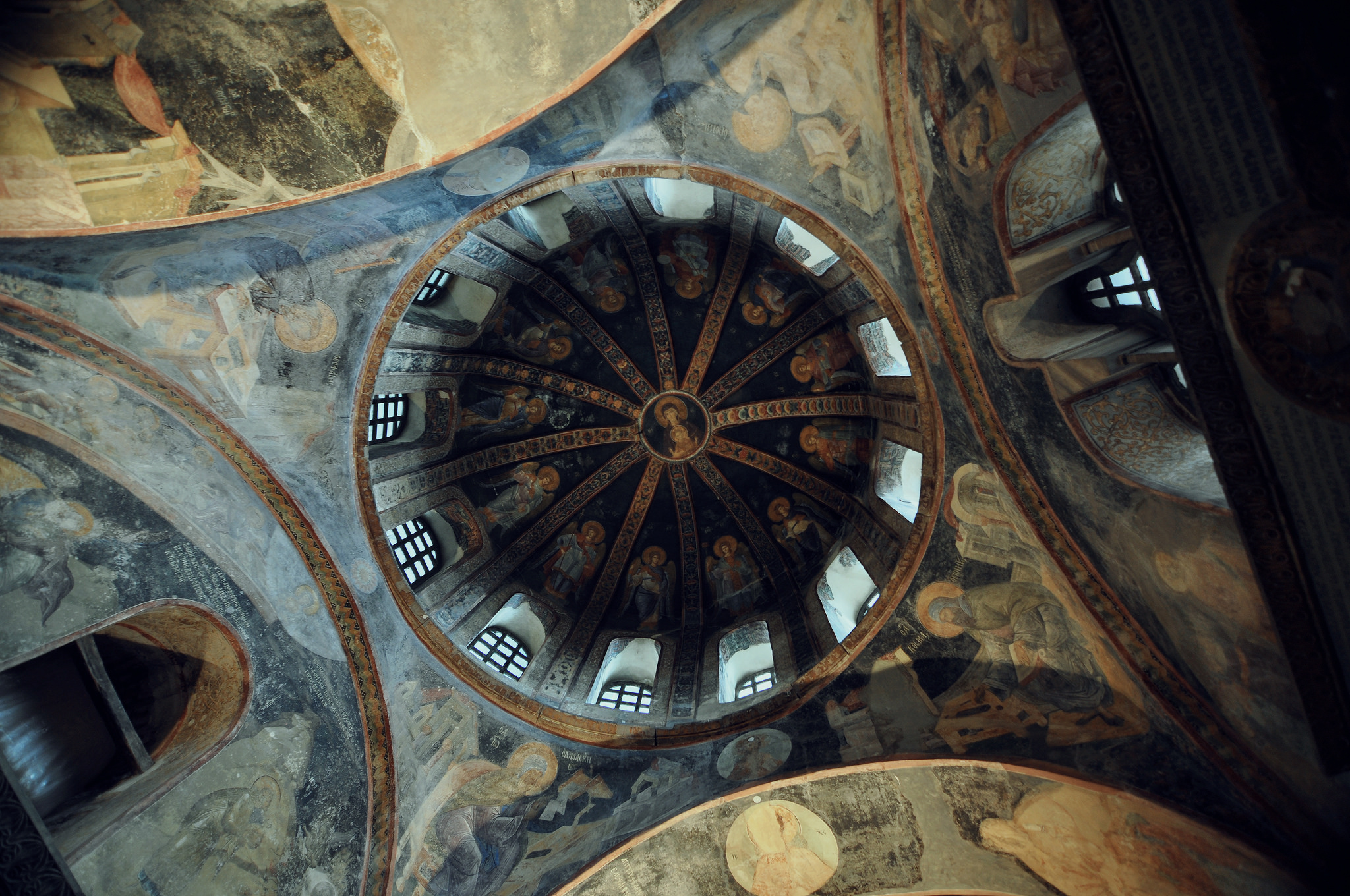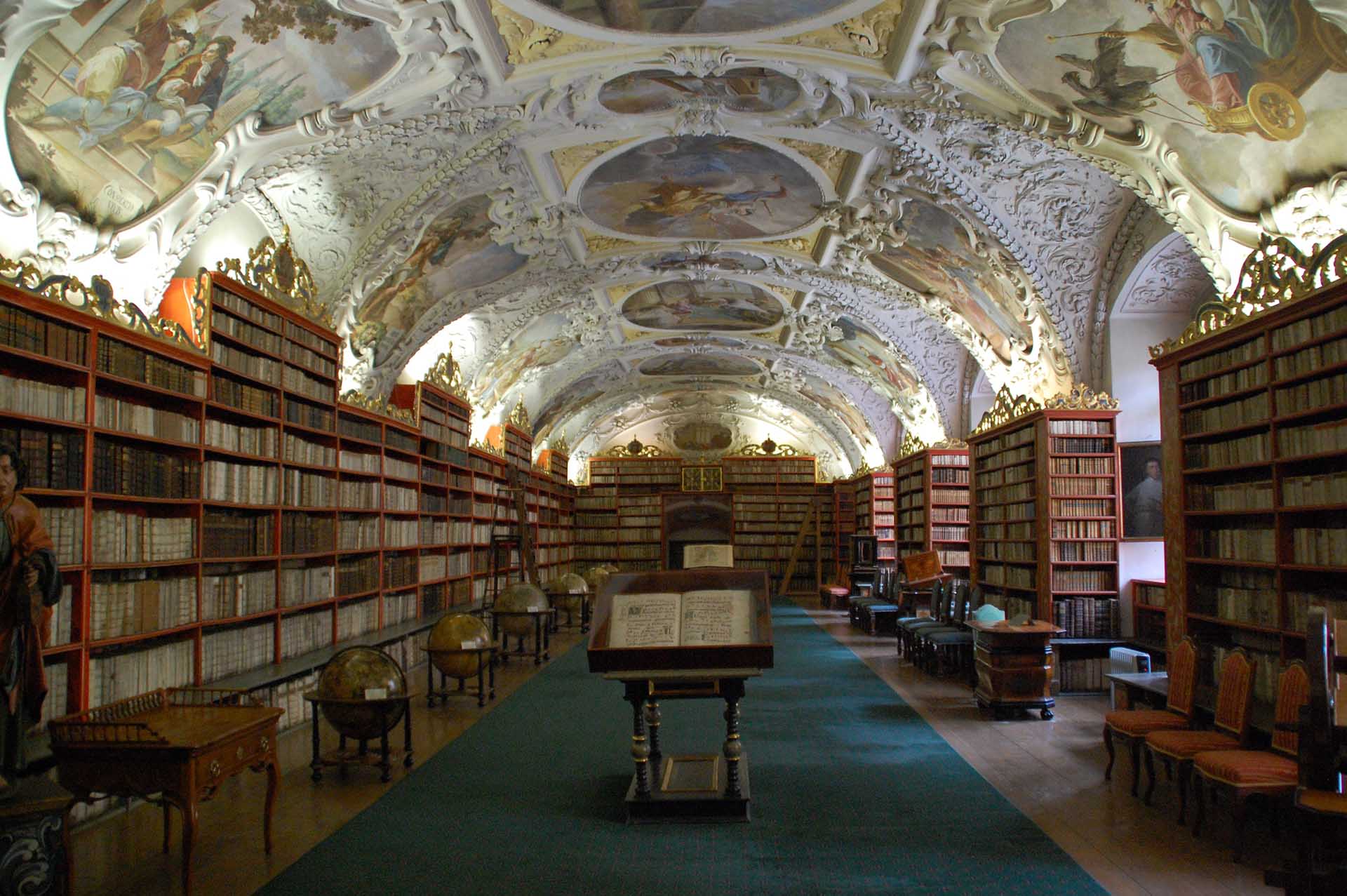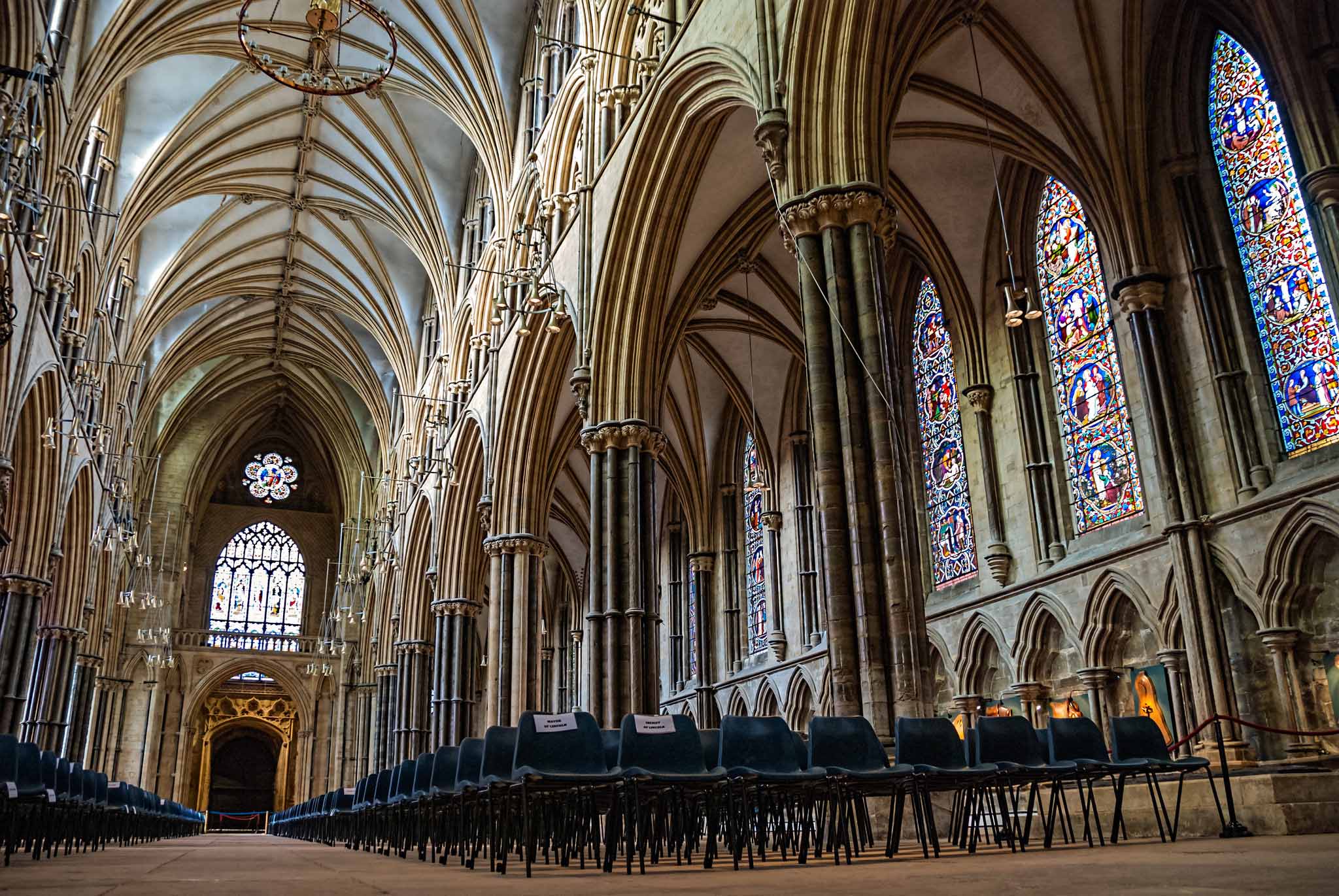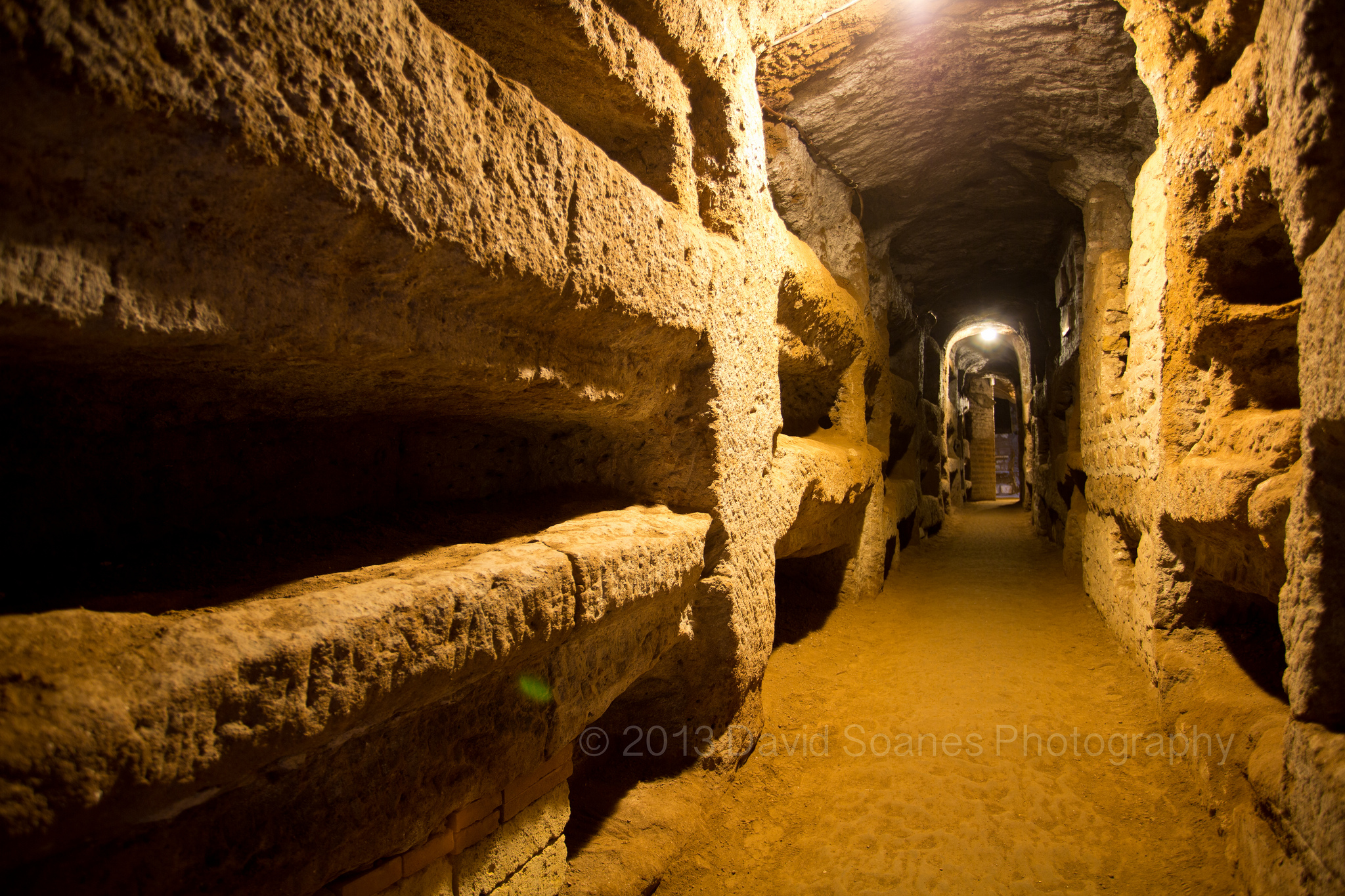The Papacy: Christ’s Promise to St. Peter
© Copyright 2009; revised 2014, T. Stanfill Benns (This text may be downloaded or printed out for private reading, but it may not be uploaded to another Internet site or published, electronically or otherwise, without express written permission from the author. All emphasis within quotes is the author’s unless indicated otherwise.)
We already have read in previous articles above Henry Cardinal Manning’s assessment of how the Church should be defined in relation to the Roman Pontiff but what he states is more profound than it appears on first glance. The primacy alone has the power to define and promote the truths of Divine faith, particularly the Church’s own constitution. We must pay special attention to this sentence: “The Council has followed Our Lord’s example, both in teaching and in fact…” What Manning is saying here is that the Council has based its teachings only on Divine truths that are explicitly and implicitly contained in Revelation; Our Lord, after all, is the invisible Head of the Church. So if we are to look for a template of any Church teaching or practice, we should look first to Holy Scripture and Our Lord. What does it tell us and show us concerning the Primacy and Divine faith?
The answer, as Card. Manning explains above, lies in what Christ said and did. This we learn from one of the great Fathers of he Church, St. Cyprian, who wrote: “Most of the bishops…set over the Lord’s churches throughout the world, hold to the method of evangelical truth and of the Lord’s tradition, and depart not by any human and novel institution, from that which Christ our master both taught and did…The Will of God is what Christ has done and taught,” (Faith of Catholics, Vol. 1, Msgr. Capel, editor). Likewise the Asiatic bishops, commenting on the approbation of the canonical books of Scripture, stated that: “As, on this principle of what Christ had done and taught, the writings of which we are speaking were admitted as sacred and divine…” (Ibid; all emph. mine). How can what Christ taught and did lead us to the truth concerning who are valid and lawful successors of the Apostles, beginning with the successors of St. Peter? We need only trace Jesus’ actions in the Gospels to see the will of God in the Divine laws Christ enacted for the selection and identification of His Apostles and their true successors.
Holy Scripture tells us that:
1. Christ received his Divine commission from His Father in Heaven; He was appointed to teach, to govern and to sanctify the faithful.
2. He was the High Priest and King.
3. He did not assume this power on His own, because this would have destroyed the Divine chain of command; He was sent by His Father.
4. When He began His public ministry, Jesus first “called” his apostles to their vocation, then trained them for three years before ordaining and consecrating them all at the Last Supper.
5. He first promised St. Peter the keys (the papacy) and made him the leader of the rest. But he did not make him Pope until after the Resurrection, because until then Christ Himself was the visible Head of the Church.
6. Also after the Resurrection He sent the Apostles to baptize and convert the whole world, investing them with the powers that He promised them and later sending them the Holy Ghost.
7. He promised to be with His Church, as He constituted it, “until the consummation of the world,” and he made this promise to all the Apostles, not just Peter. Therefore the Pope and His successors and the Apostles and their successors, the bishops, would exist until Christ comes again, and the earth is destroyed by fire.
8. Sending priests to preach in God’s name dates back to the Old Testament.
9. Christ commissioned His Apostles to: teach (teaching them all things); to govern (He gave all the Apostles jurisdiction after the Resurrection); and to sanctify (baptizing converts and doing all that He commanded).
10. Evil men would try to enter the sheepfold to steal, kill and destroy the flock.
11. Some of these would enter secretly.
12. And they would deny the Divinity of Christ and His Incarnation.
Note that Our Lord only promised the primacy to St. Peter when He spoke of the power to bind and loose. Christ’s actual words demonstrate this: “I say to thee, thou art Peter, and upon this rock I will build My Church, and I shall give to thee the keys of the kingdom of Heaven…thou shalt bind…thou shalt loose…” According to Webster’s Collegiate Dictionary, will and shall, when used in the first person, (I), both denote “futurity.” In other words, it is used in future tense, meaning the actual event is in the future. Until shortly before his Ascension, Christ was still the visible head of His Church, which cannot have two heads like a monster, as Pope Boniface VIII taught in “Unam Sanctam.” This is confirmed by Rev. W. Wilmers, S. J., (among many others), who himself was present as an advisor at the Vatican Council.
According to Rev. Wilmers, citing Matt. 16: 16-19, (Christ delivering the promise of the power to bind and loose to Simon Peter): “Peter was promised the power of the keys, which implies supreme power in the Church…Upon him, therefore the Church was to be built. Christ on earth was doubtless the visible head of the little community which clustered around Him…After His departure from this earth, [He] remained the invisible head and pastor of the faithful, (1 Peter 2:35), while He was to be visibly represented by the authority established in His Church…It is one thing to nominate or elect one as the successor of the prince of the Apostles and another thing to confer power on him. Therefore it was defined by the Council of Florence that the full power to feed, rule, and govern the whole Church was given to the pope directly by Our Lord Jesus Christ [following His resurrection; Jn. 21:15-17]…The pope in the person of St. Peter certainly received the power to feed the lambs and sheep of Christ; consequently the pastoral jurisdiction over the entire Church,” (“Handbook of the Christian Religion”).
Here we must pause to note that those who carelessly insinuate that when St. Peter denied Christ, his denial was made as true pope, they either deny Christ’s promise to St. Peter that his faith would never fail outright or come dangerously close to doing so. St. Peter denied Christ only as a priest and bishop, something we have seen happen repeatedly over the past 50 years. He did not deny him as pope. Because the Passion, death and Resurrection of our Lord is but a foreshadowing of the Passion of His Mystical Body in the latter days, we should look more closely at St. Peter’s denial. Does it tell us perhaps that a man who denied Christ in these times as a valid priest and bishop will later repent and become pope? Some believe that it does. But note that the comparison does not follow where an antipope or false pope is concerned; these arrogate to themselves the highest office and drag others to destruction, as Pope Paul IV teaches. St. Peter scarcely had the opportunity to exercise his ministry — for three days he was in hiding while Christ lay in the tomb. This is why many believe that a bishop or bishops consecrated shortly before the death of Pope Pius XII still remain in hiding after all these years.
The order observed by Christ in establishing the hierarchy of the Church is of prime importance. Coming from the Father, who sent Our Lord to this earth to open the gates of heaven, Christ in turn bestowed the Divine commission upon His Apostles. As Pope Pius XII reminds us: “For both the juridical mission of the Church, and the power to teach, govern and administer the Sacraments, derive their supernatural efficacy and force of the building up of the body of Christ from the fact that Jesus Christ, hanging on the Cross, opened up to His Church the fountain of those divine gifts, which prevent her from ever teaching false doctrine and enable her to rule them for the salvation of their souls through divinely enlightened pastors and to bestow on them an abundance of heavenly graces,” (“Mystici Coproris Christi”). So following His passion, and only AFTER ordaining them priests (St. Peter included), that Christ granted St. Peter Divine jurisdiction apart from the others and sent the Apostles as a group to teach and convert.
St. Peter was at the very least a priest and most likely a bishop before he became Pope, and this is the preferred template for papal selection. We must here understand and assimilate what St. Cyprian wrote: “Most of the bishops…set over the Lord’s churches throughout the world, hold to the method of evangelical truth and of the Lord’s tradition, and depart not by any human and novel institution, from that which Christ our master both taught and did,” (“Faith of Catholics,” Vol. 1, Msgr. Capel, editor). Likewise the Asiatic bishops, commenting on the approbation of the canonical books of Scripture, stated that: “As, on this principle of what Christ had done and taught, the writings of which we are speaking were admitted as sacred and divine…” So what Christ taught and DID is Divine tradition, and binds all Catholics. He called the 12, and He tested and trained them.
Since some of the best and most pertinent quotes concerning the papacy are found in Pope Pius XII’s “Mystici Corporis Christi,” which treats many of the issues that have arisen over the past 50 years, we quote this encyclical again at length here:
8. “While still on earth, He instructed us by precept, counsel and warning in words that shall never pass away, and will be spirit and life to all men of all times. Moreover He conferred a triple power on His Apostles and their successors, to teach, to govern, to lead men to holiness, making this power, defined by special ordinances, rights and obligations, the fundamental law of the whole Church.
14. “That the Church is a body is frequently asserted in the Sacred Scriptures. ‘Christ,’ says the Apostle, ‘is the Head of the Body of the Church.’ If the Church is a body, it must be an unbroken unity, according to those words of Paul: ‘Though many we are one body in Christ.’ But it is not enough that the body of the Church should be an unbroken unity; it must also be something definite and perceptible to the senses as Our predecessor of happy memory, Leo XIII, in his Encyclical ‘Satis Cognitum’ asserts: ‘the Church is visible because she is a body.’ Hence they err in a matter of divine truth, who imagine the Church to be invisible, intangible, a something merely pneumatological as they say, by which many Christian communities, though they differ from each other in their profession of faith, are united by an invisible bond.
15. “But a body calls also for a multiplicity of members, which are linked together in such a way as to help one another. And as in the body when one member suffers, all the other members share its pain, and the healthy members come to the assistance of the ailing, so in the Church the individual members do not live for themselves alone, but also help their fellows, and all work in mutual collaboration for the common comfort and for the more perfect building up of the whole Body.
16. “Again, as in nature a body is not formed by any haphazard grouping of members but must be constituted of organs, that is of members, that have not the same function and are arranged in due order; so for this reason above all the Church is called a body, that it is constituted by the coalescence of structurally united parts, and that it has a variety of members reciprocally dependent. It is thus the Apostle describes the Church when he writes: ‘As in one body we have many members, but all the members have not the same office: so we being many are one body in Christ, and every one members one of another.’
17. “One must not think, however, that this ordered or “organic” structure of the body of the Church contains only hierarchical elements and with them is complete; or, as an opposite opinion holds, that it is composed only of those who enjoy charismatic gifts — though members gifted with miraculous powers will never be lacking in the Church. That those who exercise sacred power in this Body are its first and chief members, must be maintained uncompromisingly. It is through them, by commission of the Divine Redeemer Himself, that Christ’s apostolate as Teacher, King and Priest is to endure…
40. “But we must not think that He rules only in a hidden or extraordinary manner. On the contrary, our Divine Redeemer also governs His Mystical Body in a visible and normal way through His Vicar on earth. You know, Venerable Brethren, that after He had ruled the ‘little flock’ Himself during His mortal pilgrimage, Christ our Lord, when about to leave this world and return to the Father, entrusted to the Chief of the Apostles the visible government of the entire community He had founded. Since He was all-wise, He could not leave the body of the Church He had founded as a human society without a visible head. Nor against this may one argue that the primacy of jurisdiction established in the Church gives such a Mystical Body two heads. For Peter in virtue of his primacy is only Christ’s Vicar; so that there is only one chief Head of this Body, namely Christ, who never ceases Himself to guide the Church invisible, though at the same time He rules it visibly, through him who is His representative on earth. After His glorious Ascension into heaven this Church rested not on Him alone, but on Peter too, its visible foundation stone. That Christ and His Vicar constitute one only Head is the solemn teaching of Our predecessor of immortal memory Boniface VIII in the Apostolic Letter ‘Unam Sanctam;’ and his successors have never ceased to repeat the same.
41. “They, therefore, walk in the path of dangerous error who believe that they can accept Christ as the Head of the Church, while not adhering loyally to His Vicar on earth. They have taken away the visible head, broken the visible bonds of unity and left the Mystical Body of the Redeemer so obscured and so maimed, that those who are seeking the haven of eternal salvation can neither see it nor find it.
69. “Now since its Founder willed this social body of Christ to be visible, the cooperation of all its members must also be externally manifest through their profession of the same faith and their sharing the same sacred rites, through participation in the same Sacrifice, and the practical observance of the same laws. Above all, it is absolutely necessary that the Supreme Head, that is, the Vicar of Jesus Christ on earth, be visible to the eyes of all, since it is He who gives effective direction to the work which all do in common in a mutually helpful way towards the attainment of the proposed end. As the Divine Redeemer sent the Paraclete, the Spirit of Truth, who in His name should govern the Church in an invisible way, so, in the same manner, He commissioned Peter and his successors to be His personal representatives on earth and to assume the visible government of the Christian community.”
Jesus Christ is the Head of the Catholic Church and He will see to it that His Church will not fail; this was His promise to be with the Church until the consummation. Even if Peter is absent, his never-failing faith existed until the death of Pope Pius XII, or the duration of the Church’s existence, (although this does not mean there will never be another true pope). Those who accept the Vatican 2 antipopes as true popes deny Christ’s promise to St. Peter, for they imply that men who embrace Freemasonry, falsify Christ’s own words, and contradict the decrees of their predecessors were capable of valid election. Regarding para. 41 above of Mystici Corporis, no one can accuse stay-at-home Catholics of not longing for a true pope and honoring all that is taught by the Continual Magisterium, for we do not support the existence of a Church without him, contrary to Traditionalists. We are only unable, outside a miracle, to see how at this point in time the papacy could be restored. But if a miracle or near miracle is what it takes for Christ to honor His promise and restore it, we have no doubt that is exactly what will happen.
Divine Faith is all about believing steadfastly that what Christ said, He will do; and what the Popes taught that Christ said and did is unquestionably true. There can be no doubt in the mind of the faithful Catholic. That doubts abound is a sign of these times, for was it not said in Apoc. 13: 7 that “it was given to him to make war with the saints and overcome them”? The saints could never doubt their master unless this prophecy be fulfilled. That it has been fulfilled should tell us all we need to know about the times in which we live, times foreseen clearly by Pope Paul IV as he penned the words of his prophetic Bull, Cum Ex Apostolatus Officio.
Perhaps some consolation can be found in this little ditty penned by an unknown hand:
“When our time on earth is run,
and all is said and done,
then and only then will it be clear.
The mighty may have their way,
But Holy Writ dost say
God will come to wipe away our tears.
